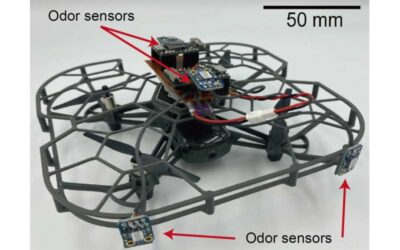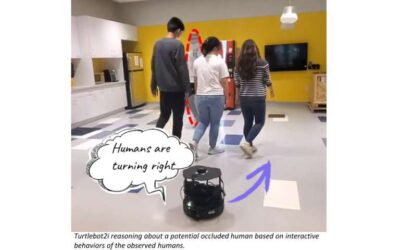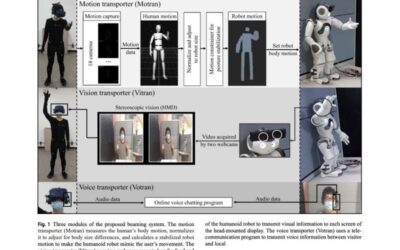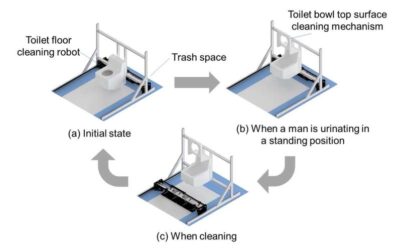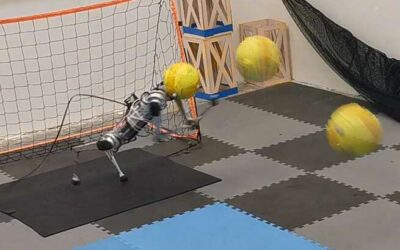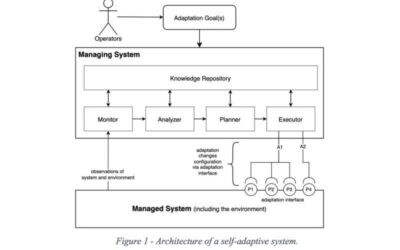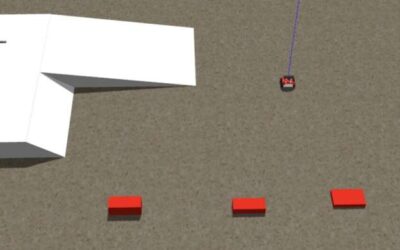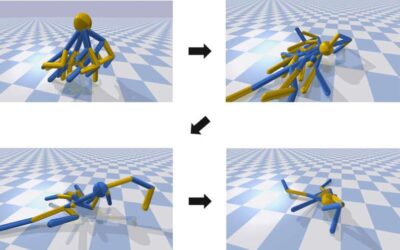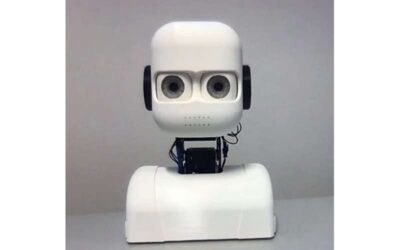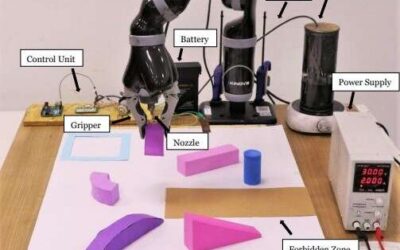Robots that can automatically recognize and track specific odors could have a wide range of valuable applications. For instance, they could help to identify the sources of harmful chemical substances in the air after hazardous accidents at power plants, explosions, or...
Robotics
Improving the autonomous navigation of mobile robots in crowded spaces using people as sensors
A team of researchers from University of Illinois at Urbana-Champaign and Stanford University led by Prof. Katie Driggs-Campbell, have recently developed a new deep reinforcement learning-based method that could improve the ability of mobile robots to safely navigate...
A system that allows users to communicate with others remotely while embodying a humanoid robot
Recent technological advancements are opening new and exciting opportunities for communicating with others and visiting places remotely. These advancements include telepresence robots, moving robotic systems that allow users to virtually navigate remote environments...
An automated system to clean restrooms in convenience stores
Researchers at Tokyo Metropolitan University have created a robotic system that could automate the cleaning of restrooms in convenience stores and other public spaces. This system, introduced in a paper published in Advanced Robotics, will be competing in the...
A reinforcement learning-based four-legged robotic goalkeeper
Researchers at the Hybrid Robotics Group at UC Berkeley, Simon Fraser University and Georgia Institute of Technology have recently created a reinforcement learning model that allows a quadrupedal robot to efficiently play soccer in the role of goalkeeper. The model...
A clear definition and classification taxonomy for safety-critical self-adaptive robotic systems
Robotic systems are set to be introduced in a wide range of real-world settings, ranging from roads to malls, offices, airports, and healthcare facilities. To perform consistently well in these environments, however, robots should be able to cope well with...
A new system that could improve robot navigation in uneven terrains
As mobile robots become more advanced, they also become easier to deploy in a wide range of real-world settings. One of the factors that will enable their large-scale implementation is their ability to autonomously move around within different types of environments.
A system for automating robot design inspired by the evolution of vertebrates
Researchers at Kyoto University and Nagoya University in Japan have recently devised a new, automatic approach for designing robots that could simultaneously improve their shape, structure, movements, and controller components. This approach, presented in a paper...
Can a robot’s ability to speak affect how much human users trust it?
As robots become increasingly advanced, they are likely to find their way into many real-world settings, including homes, offices, malls, airports, health care facilities, and assisted living spaces. To promote their widespread use and implementation, however,...
A robot that draws circuits with conductive ink to survive
Recent technological advancements have paved the way for the creation of increasingly sophisticated robotic systems designed to autonomously complete missions in different familiar and unfamiliar environments. Robots meant to operate in uncertain or remote...

